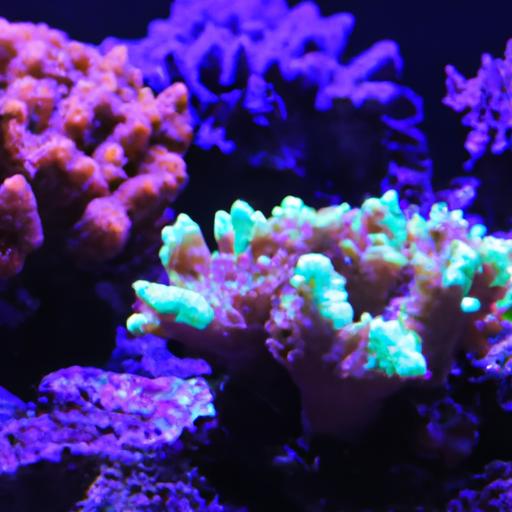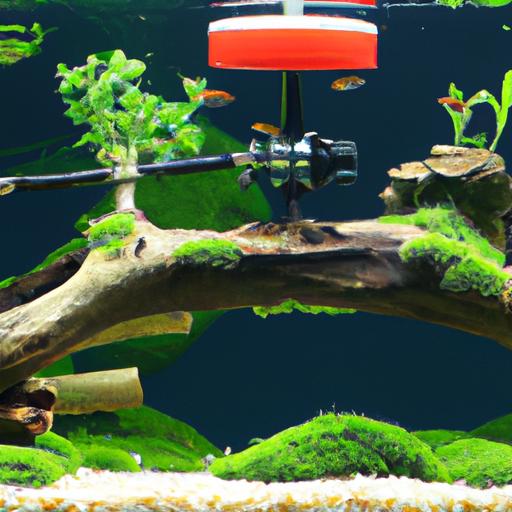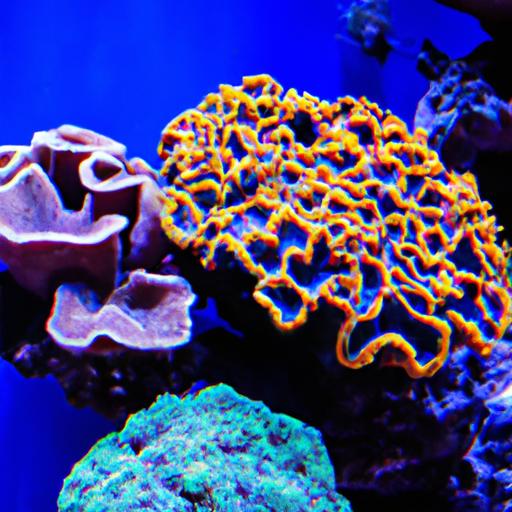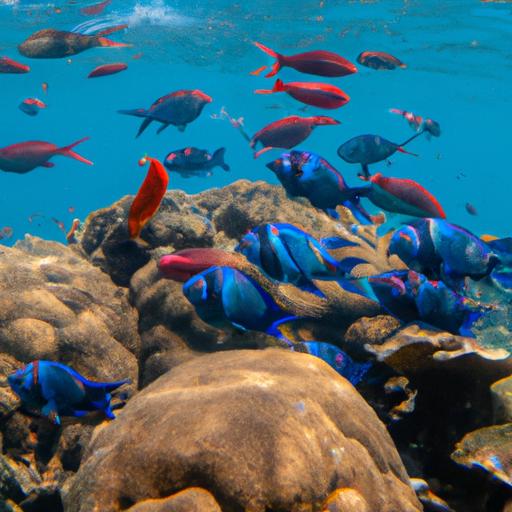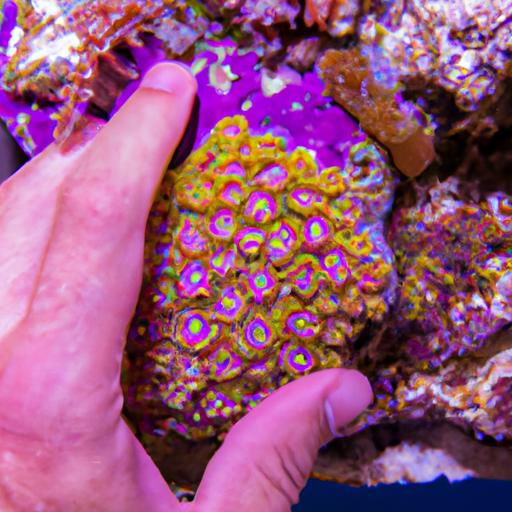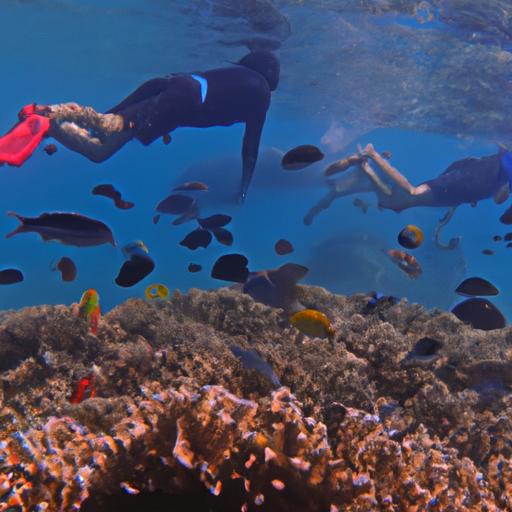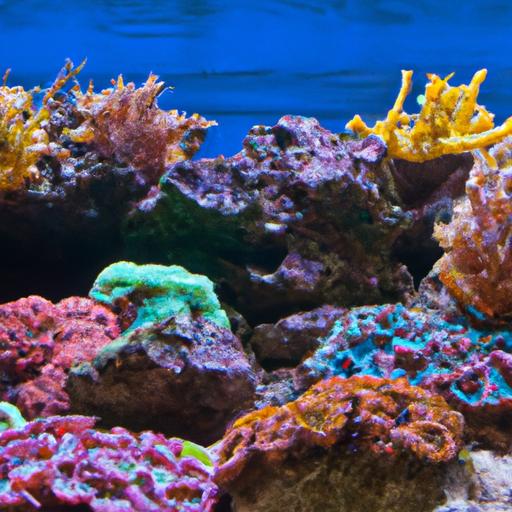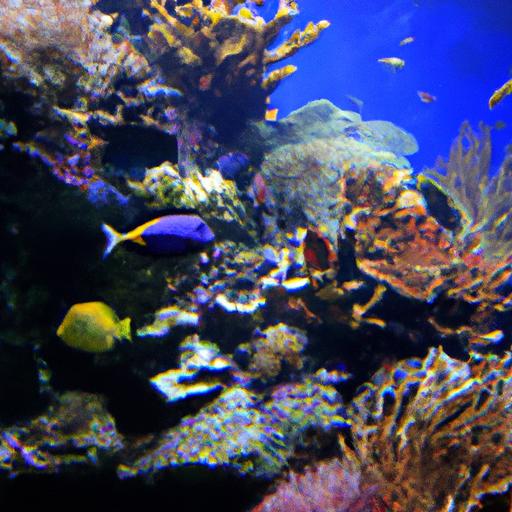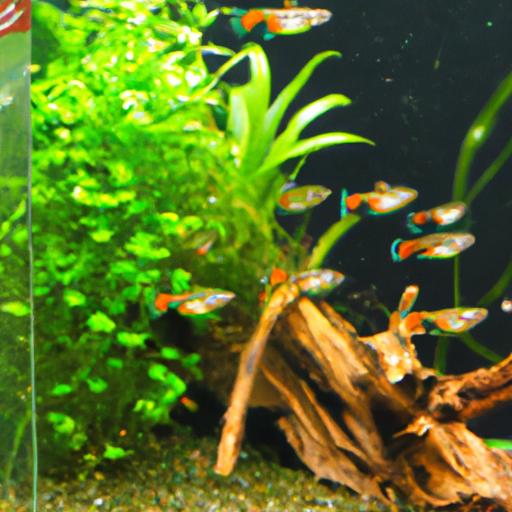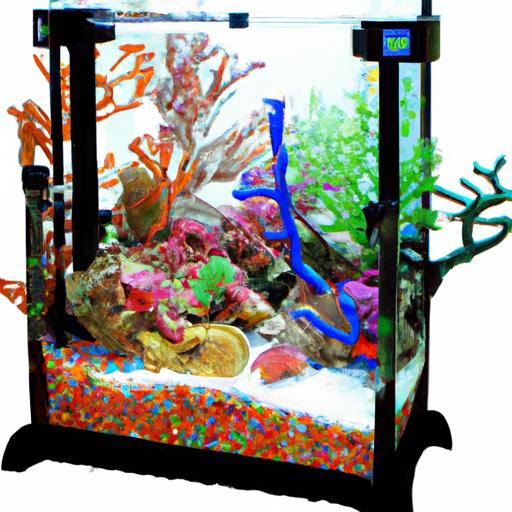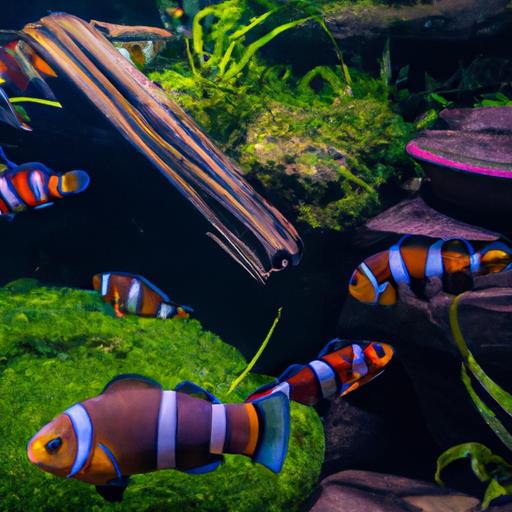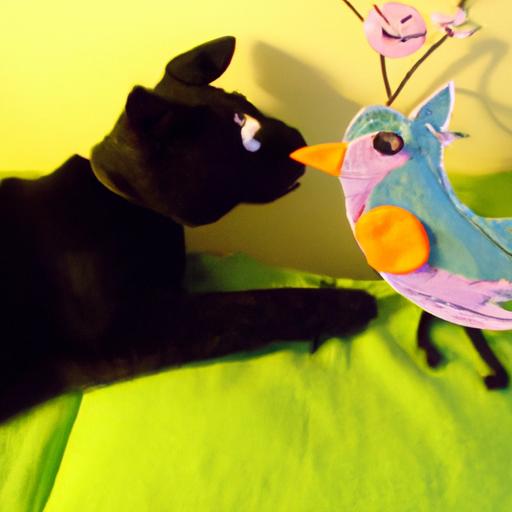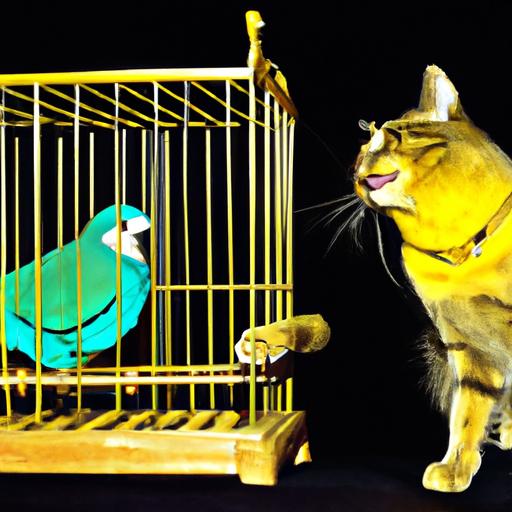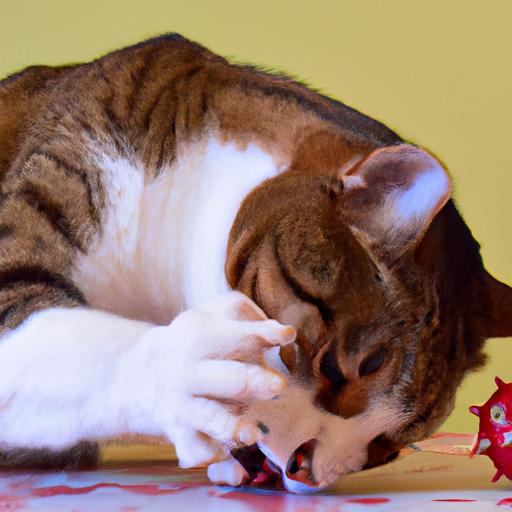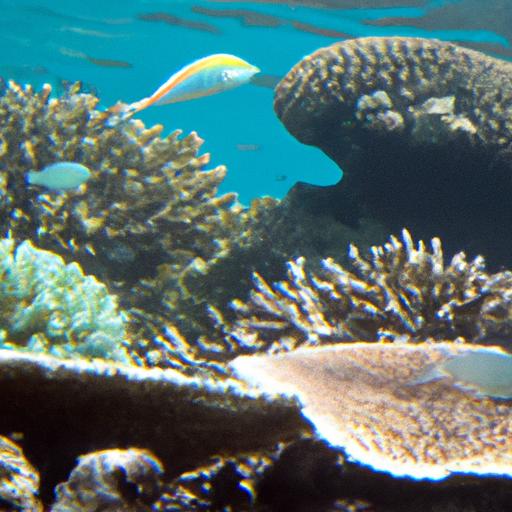
Integrating Soft and Hard Corals: Creating a Diverse Reef Ecosystem
Discover the benefits, challenges, and techniques of integrating soft and hard corals to create a diverse reef ecosystem. Learn more here.
Introduction: The Importance of Integrating Soft and Hard Corals in Reef Ecosystems
Coral reefs are not only breathtakingly beautiful but also crucial for marine biodiversity and the overall health of our oceans. Within the realm of coral reefs, both soft and hard corals play a vital role. Soft corals, known for their vibrant colors and graceful movements, coexist alongside hard corals, which form the structural backbone of the reef. Integrating these two types of corals can create a diverse and thriving ecosystem that benefits marine life in countless ways.
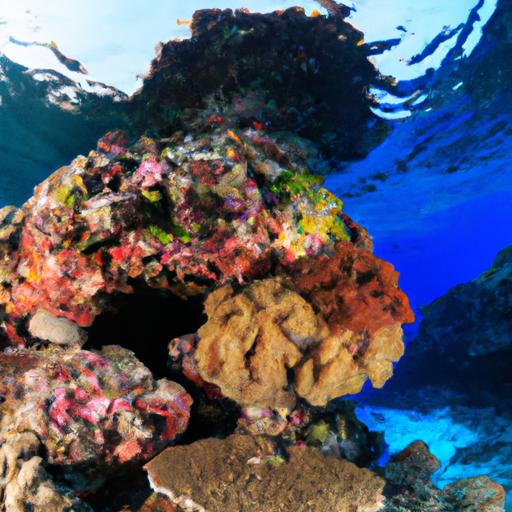
Benefits of Integrating Soft and Hard Corals in Reef Ecosystems
By integrating soft and hard corals, we can unlock a myriad of benefits for the reef ecosystem. Let’s explore some of these advantages:
Enhanced Biodiversity and Habitat Creation
Soft and hard corals provide different microhabitats within the reef, attracting a wide range of marine species. Soft corals, with their flexible and branching structures, create intricate hiding places and shelter for smaller organisms like fish and invertebrates. On the other hand, hard corals provide sturdy surfaces for attachment and serve as the foundation for the entire ecosystem. The integration of both types of corals results in a more diverse range of habitats, supporting a greater variety of marine life.
Improved Stability and Resilience of the Reef Ecosystem
Integrating soft and hard corals enhances the structural integrity of the reef. The complex web of branches and branches of soft corals intertwines with the hard coral structures, creating a cohesive network that offers stability against wave action and helps prevent erosion. This increased stability is crucial for the survival of the reef ecosystem, especially in the face of natural disturbances such as storms and strong currents. Furthermore, soft corals have shown resilience to environmental stressors, making their integration with hard corals a valuable strategy for reef conservation.
Increased Nutrient Cycling and Overall Productivity
Soft corals are known to be efficient filter feeders, extracting nutrients from the water column and converting them into biomass. This nutrient cycling process plays a vital role in maintaining the overall health and productivity of the reef ecosystem. By integrating soft corals with hard corals, we can enhance this nutrient cycling capacity, leading to increased productivity and the availability of resources for other organisms within the ecosystem. This heightened productivity has a positive ripple effect on the entire food web, supporting the growth and survival of various marine species.
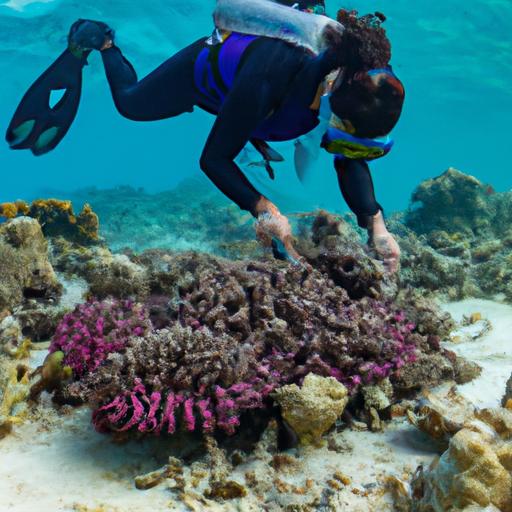
How to Integrate Soft and Hard Corals in Reef Ecosystems
Integrating soft and hard corals requires careful planning and consideration. Here are some essential steps to follow when integrating these corals into a reef ecosystem:
Choosing Suitable Species of Soft and Hard Corals
Before integrating corals, it’s crucial to research and select species that are compatible with each other. Consider factors such as growth rates, space requirements, and environmental preferences. Some species may compete for space or resources, while others may have symbiotic relationships that benefit each other. By choosing compatible species, you can ensure a harmonious integration that promotes a diverse and thriving reef ecosystem.
Proper Placement and Spacing Techniques
When integrating soft and hard corals, it’s important to consider their growth patterns and ensure sufficient spacing. Allow for ample room between different coral colonies to prevent overcrowding, which can lead to competition and stress. By strategically placing soft and hard corals in the reef, you can create a visually appealing and functional ecosystem that maximizes biodiversity and minimizes potential conflicts.
Ensuring Optimal Environmental Conditions for Growth
Soft and hard corals have specific environmental requirements for growth and survival. Factors such as water temperature, salinity, and nutrient levels must be carefully monitored and maintained within appropriate ranges. Regular water testing and maintenance practices, such as proper filtration and nutrient control, are essential to create an environment conducive to the growth of both soft and hard corals. By providing optimal conditions, you can promote successful integration and the long-term health of the reef ecosystem.
FAQ about Integrating Soft and Hard Corals in Reef Ecosystems
Can soft and hard corals coexist peacefully?
Yes, soft and hard corals can coexist peacefully when compatible species are selected, and proper placement and spacing techniques are followed. By considering the specific needs and growth patterns of each coral type, you can create a harmonious environment where both can thrive.
What are the challenges of integrating soft and hard corals?
Integrating soft and hard corals can pose challenges such as competition for space and resources, potential incompatibility between species, and the need for careful monitoring of environmental conditions. However, with proper planning and maintenance, these challenges can be overcome, leading to a successful integration and a diverse reef ecosystem.
How long does it take for the corals to establish a diverse ecosystem?
The time it takes for corals to establish a diverse ecosystem can vary depending on various factors, including the growth rates of the selected species, environmental conditions, and the overall health of the reef. It may take several months to years for the ecosystem to develop fully. Patience and regular monitoring are key to ensuring the successful establishment of a diverse and thriving reef ecosystem.
Are there any specific care requirements for maintaining integrated corals?
Integrated corals require regular monitoring of water parameters, such as temperature, salinity, and nutrient levels. Additionally, routine maintenance practices such as proper filtration, regular water changes, and nutrient control are essential for the long-term health and stability of the integrated coral system. Regular observation and prompt action in response to any signs of stress or disease are also crucial for maintaining the well-being of the integrated corals.
Conclusion: The Benefits and Challenges of Creating a Diverse Reef Ecosystem through the Integration of Soft and Hard Corals
Integrating soft and hard corals in reef ecosystems offers a multitude of benefits, including enhanced biodiversity, improved stability, and increased productivity. The combination of these corals creates a visually stunning and functional ecosystem that supports the growth and survival of various marine species. However, the integration process requires careful planning, compatible species selection, proper placement techniques, and the maintenance of optimal environmental conditions. By addressing these challenges and following best practices, we can create a diverse and thriving reef ecosystem that contributes to the conservation and preservation of our precious coral reefs.
